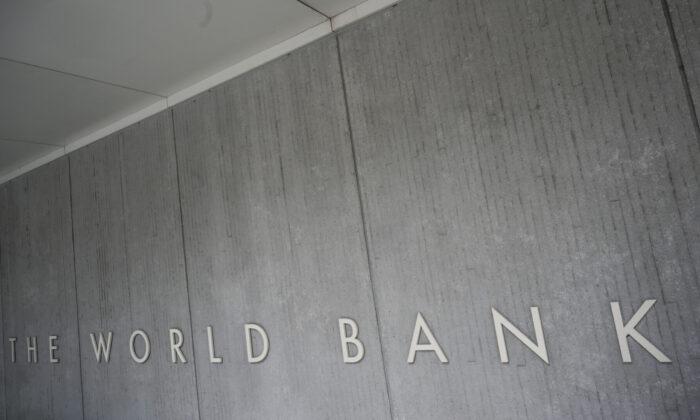WASHINGTON—The global economy is expected to expand 4 percent in 2021 after shrinking 4.3 percent in 2020, the World Bank said on Tuesday, although it warned that rising COVID-19 infections and delays in vaccine distribution could limit the recovery to just 1.6 percent this year.
The World Bank’s semi-annual forecast showed the collapse in activity due to the coronavirus pandemic was slightly less severe than previously forecast, but the recovery was also more subdued and still subject to considerable downside risk.
“The near-term outlook remains highly uncertain,” the bank said in a statement. “A downside scenario in which infections continue to rise and the rollout of a vaccine is delayed could limit the global expansion to 1.6 percent in 2021.”
With successful pandemic control and a faster vaccination process, global growth could accelerate to nearly 5 percent, it said in its latest Global Economic Prospects report.
The pandemic is expected to have long-lasting adverse effects on the global economy, worsening a slowdown that was already projected before the outbreak began, and the world could face a “decade of growth disappointments” unless comprehensive reforms were put in place, the bank said.
Shallower contractions in advanced economies and a more robust recovery in China helped avert a bigger collapse in overall global output, but disruptions were more acute in most other emerging market and developing economies, the bank said.
Excluding China, the emerging market and developing economies were seen expanding 3.4 percent in 2021 after shrinking 5 percent in 2020.
Per capita incomes have dropped in 90 percent of emerging market and developing economies, tipping millions back into poverty, with reduced investor confidence, increasing unemployment and loss of education time seen dampening prospects for future poverty reduction, the bank said.
The crisis also triggered a surge in debt levels among emerging market and developing economies, with government debt up by 9 percentage points of GDP—the largest one-year spike since the late 1980s.
“The global community needs to act rapidly and forcefully to make sure the latest wave of debt does not end with debt crises,” the report said, adding that reductions in debt levels would be the only way for some countries to return to solvency.
A resurgence of infections stalled a nascent rebound in advanced economies in the third quarter, with economic output now expected to expand by 3.3 percent in 2021, instead of 3.9 percent as initially forecast, the Bank said.
It forecast that U.S. gross domestic product would expand by 3.5 percent in 2021, after an estimated 3.6 percent contraction in 2020. The euro area was expected to see output grow 3.6 percent this year, following a 7.4 percent decline in 2020, while activity in Japan, which shrank by 5.3 percent in the year just ended, is forecast to grow by 2.5 percent.






Friends Read Free